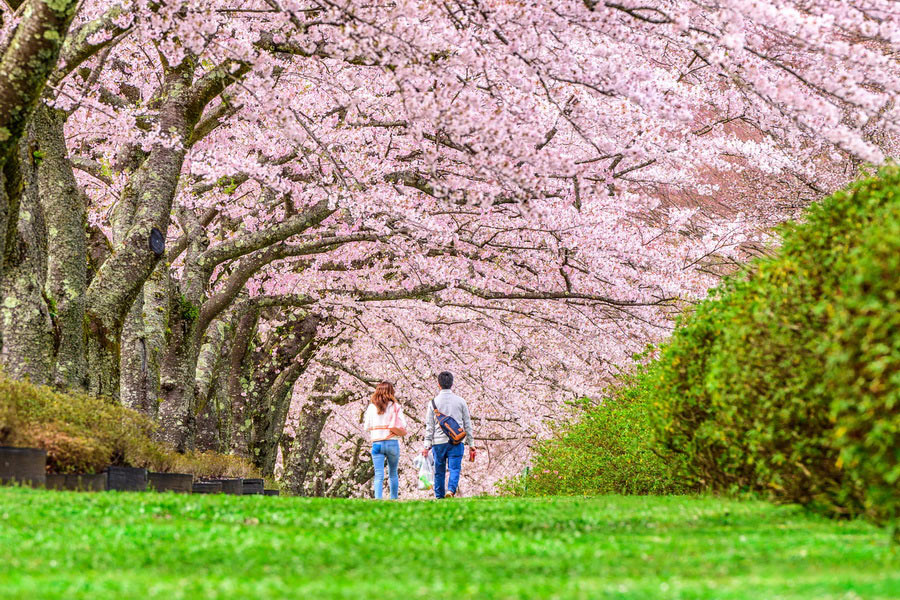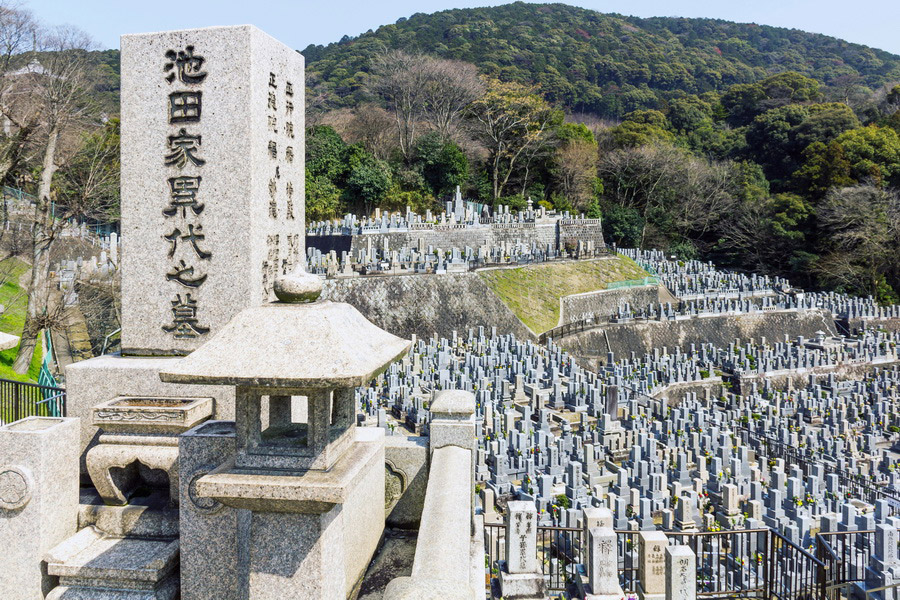
Shūnbun no hi (春分の日, Vernal Equinox) and Shūbun no hi (秋分の日, Autumnal Equinox) are significant days in Japanese culture, marking the change of seasons, and are revered with deep respect. These equinoxes are celebrated twice a year, on March 20 or 21 and on September 22 or 23, two moments in the year when day and night are of equal length. These days are official holidays in Japan, during which the Japanese engage in ancient rituals and traditions.
History of the Holidays
In ancient times, the days of the equinoxes were celebrated to thank the spirits of nature for a good harvest and to pray for the fertility of the land. Since the reign of Prince Shōtoku (574-622 CE), the celebration of the equinoxes has taken on a more spiritual significance, with memorial rituals in honour of the deceased, and relatives visiting the graves of their ancestors to pay their respects.
In the Meiji era (1868-1912), the equinoxes were declared public holidays to honour the imperial family's ancestors. A little later, the deceased in general were paid tribute on these days. In addition, the autumnal equinox, Shūbun no hi, marks the end of the harvest and the beginning of preparations for winter.
Higan Week

Higan week, the equinoctial week of spring and autumn, is a poignant period in Japan when families gather to honour their ancestors. During this time, people visit family gravesites, bring flowers, clean the tombs, and perform rituals while making heartfelt offerings. The equinox days fall in the middle of this reflective week, deepening the meaning of the celebrations.
Buddhism teaches that the equinoxes are especially sacred because the worlds of the living and the dead come closer together. According to this belief, the souls of the deceased must cross a bridge over the Sanzu River, a metaphorical stream filled with regret and sorrow. If they can survive the challenges and judgements on their way to their final resting place and successfully cross the river, enlightenment—known as higan—awaits them on the other side. Many people visit Buddhist temples during this time to pray for these souls, often reciting sutras and meditating in quiet.
During higan, meat is typically set aside, and traditional Japanese dishes take centre stage. The emphasis is on healthy meals based on vegetables, beans, mushrooms, and rice. Delicacies such as botamochi (ぼたもち) (for spring) and ohagi (おはぎ) (for autumn), both sweet rice balls coated in red bean paste, are favourite treats during this season.
Hanami and Momijigari

The equinoxes also inspire a deep appreciation for the beauty of nature. The vernal equinox, or Shūnbun no hi, is associated with hanami, where people gather for joyous picnics under blooming cherry trees. In autumn, the focus shifts to momijigari, the observation of vibrant foliage as leaves turn bright red and gold to mark the changing seasons.
Higan Today
Even in today's fast-paced world, Shūnbun no hi and Shūbun no hi provide a treasured opportunity for Japanese people to step back, reflect on their lives, and express gratitude to their ancestors. These holidays serve as a gentle reminder of the cyclical nature of life and promote harmony between past and present.
During this special time, many people return to their roots, visit relatives, explore nature, and spend quality time with their loved ones. It's a wonderful occasion that highlights the importance of spiritual balance and connection with nature.
The vernal and autumnal equinoxes are imbued with deep symbolism, gratitude to nature, and a quest for inner peace and harmony. These celebrations embody the essence of Japanese culture and invite everyone to embrace both reflection and appreciation.

